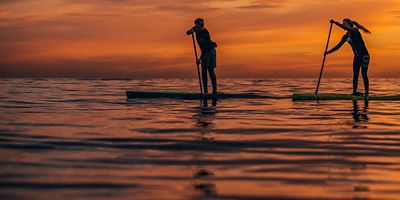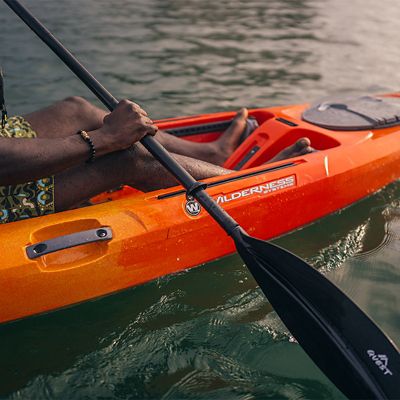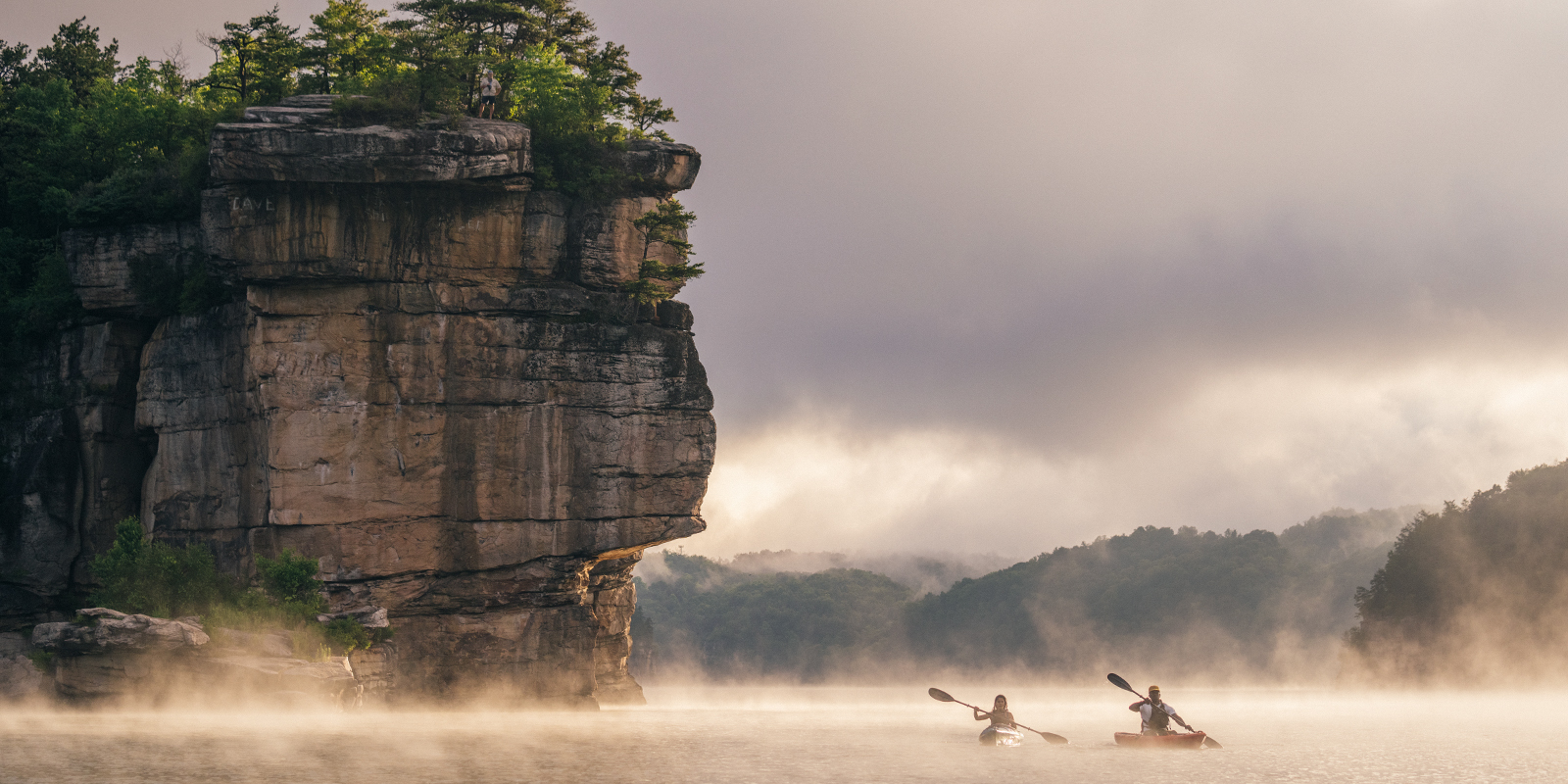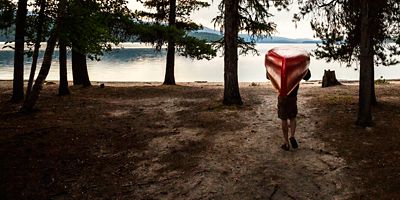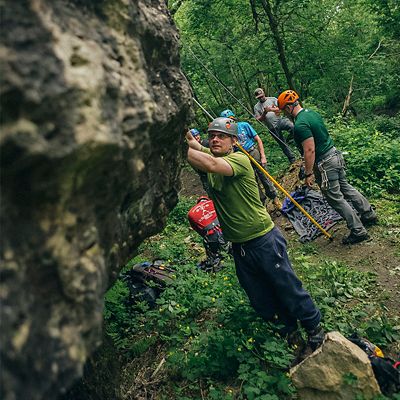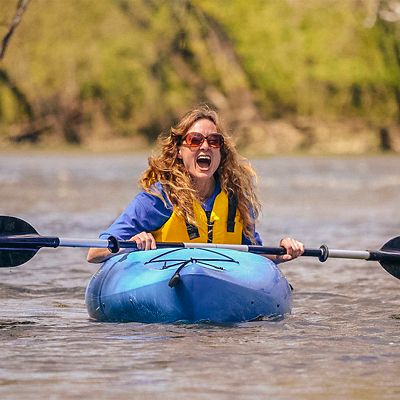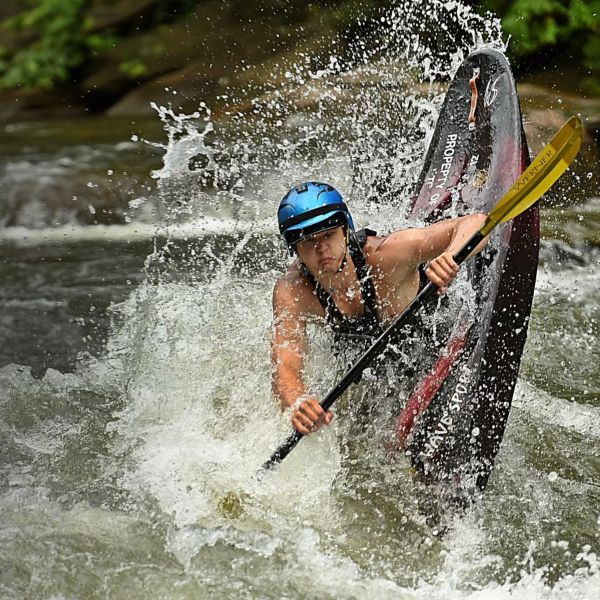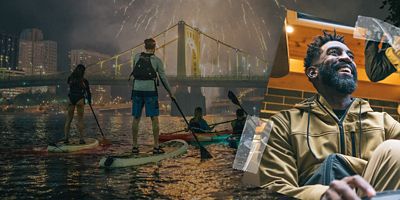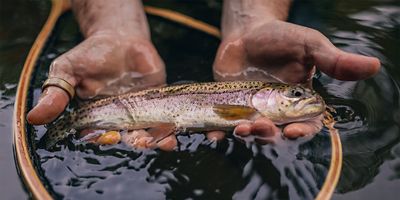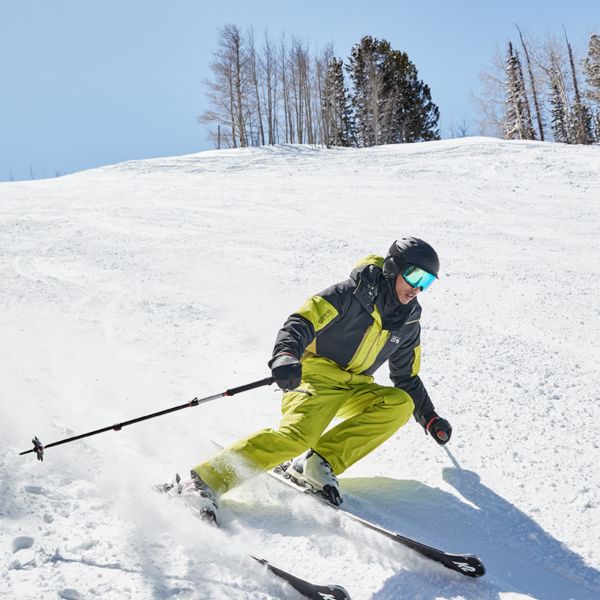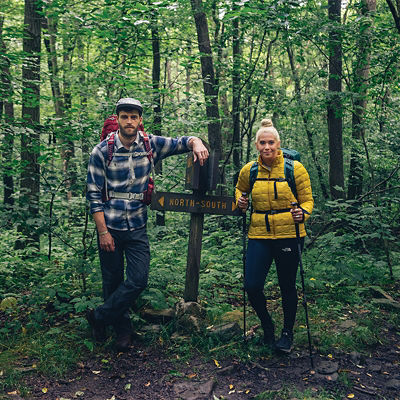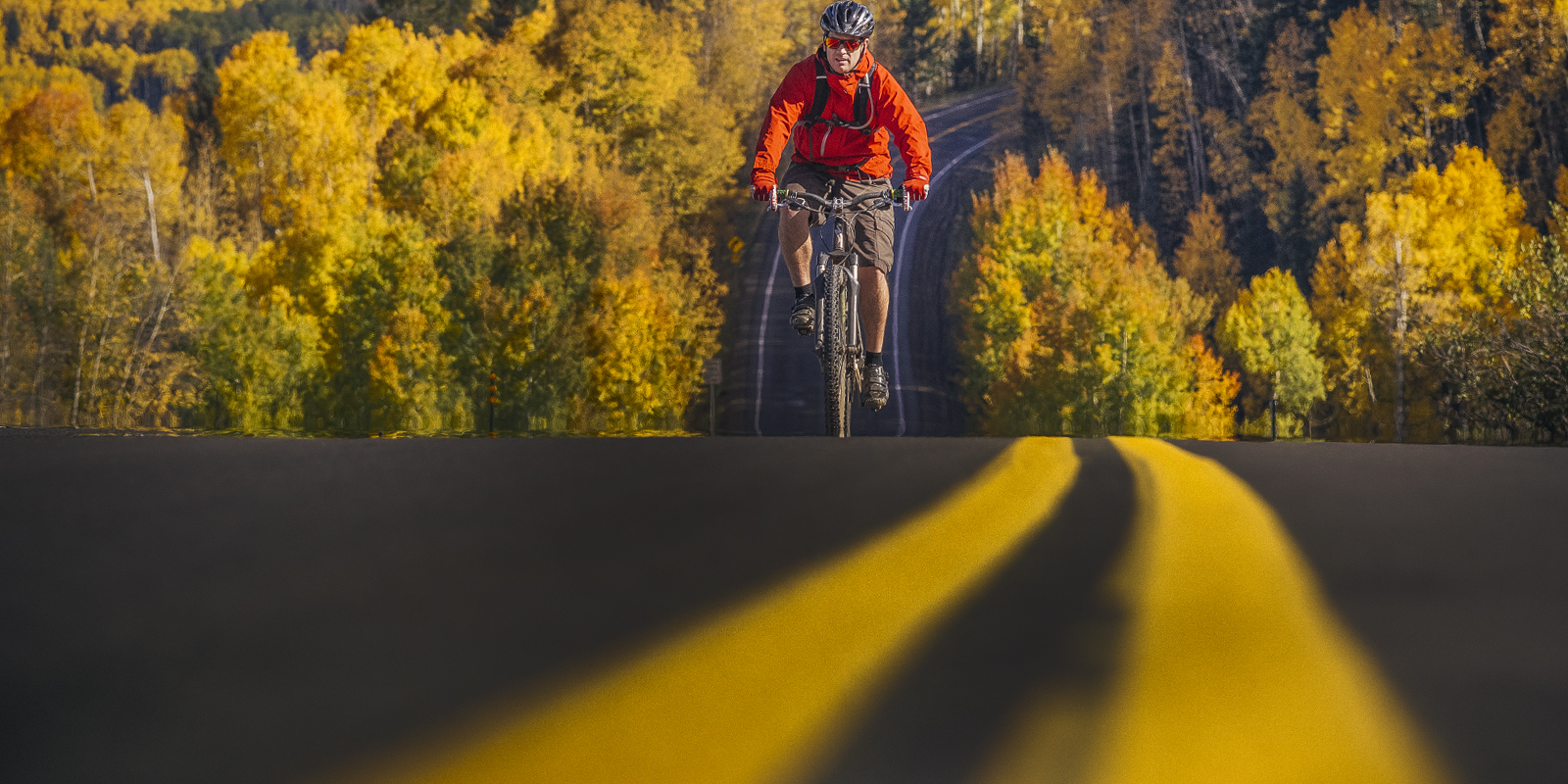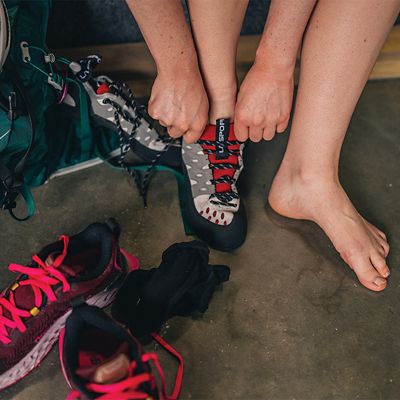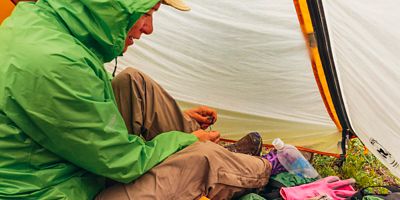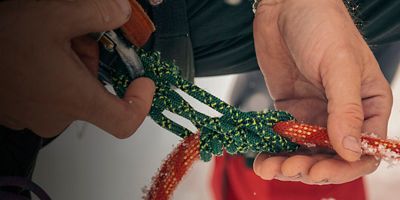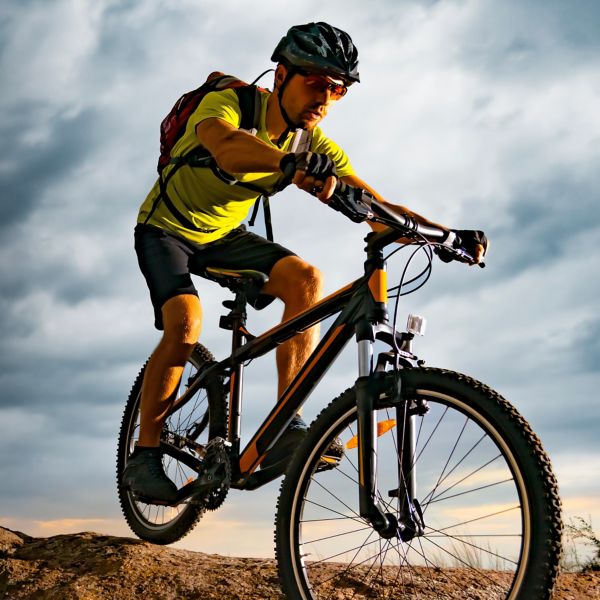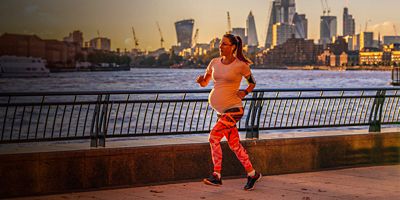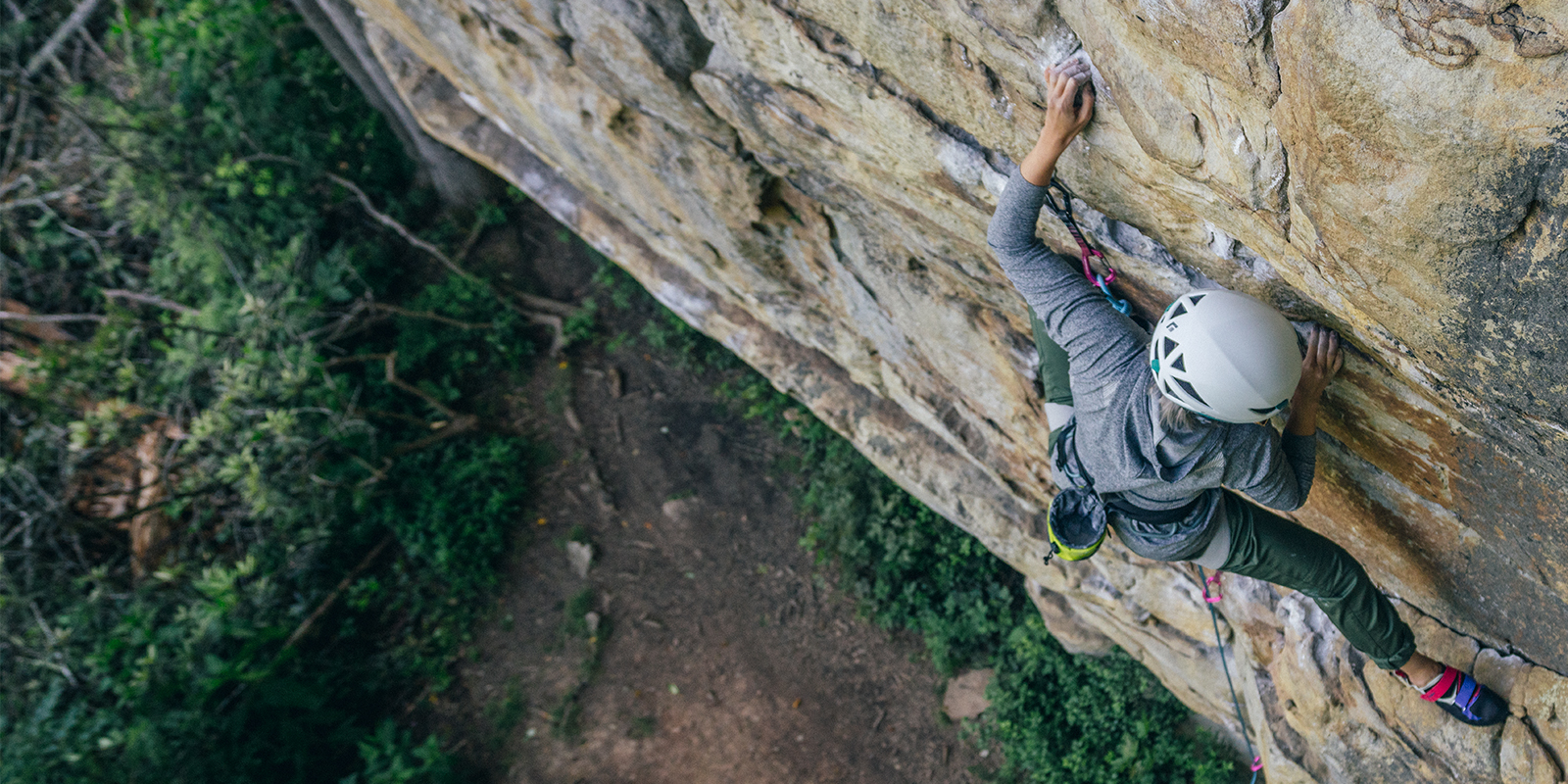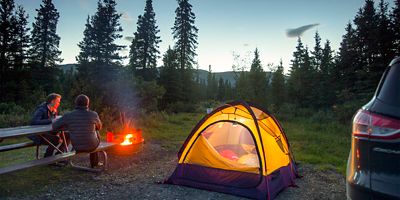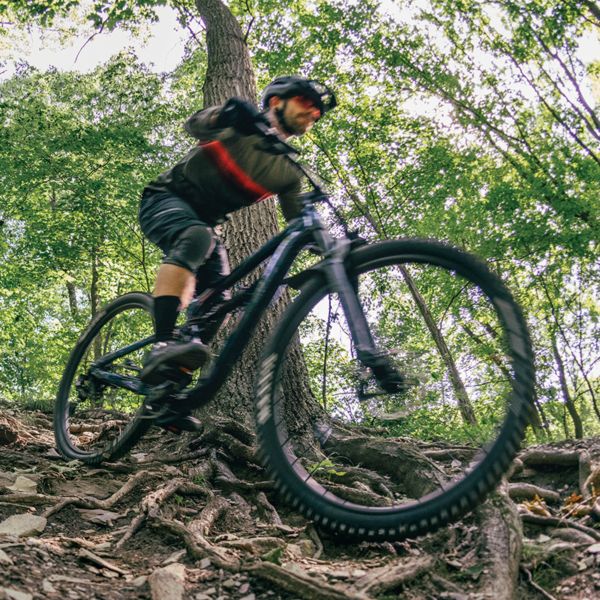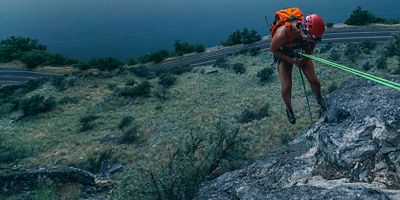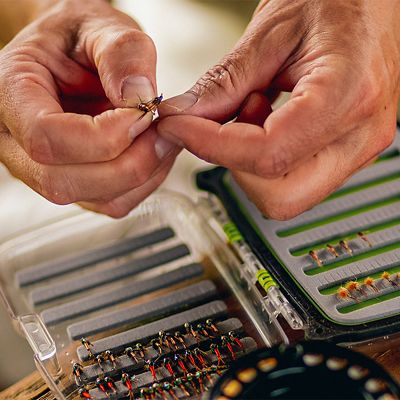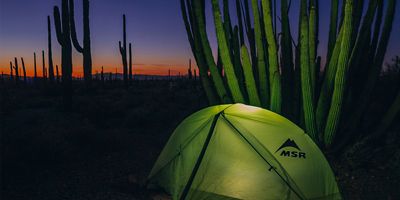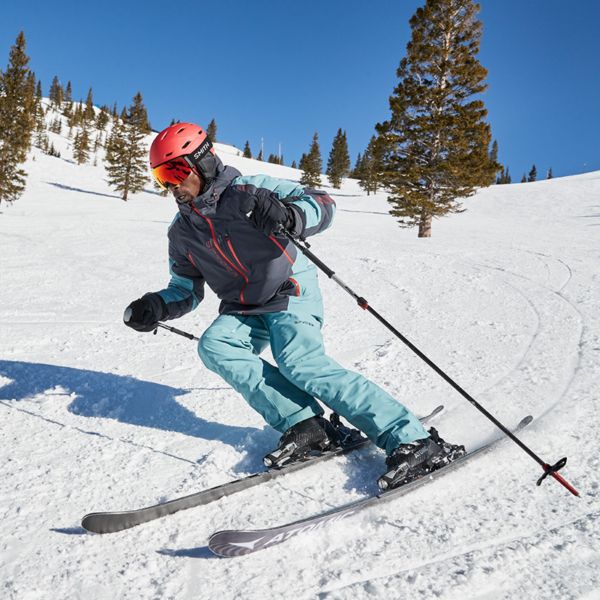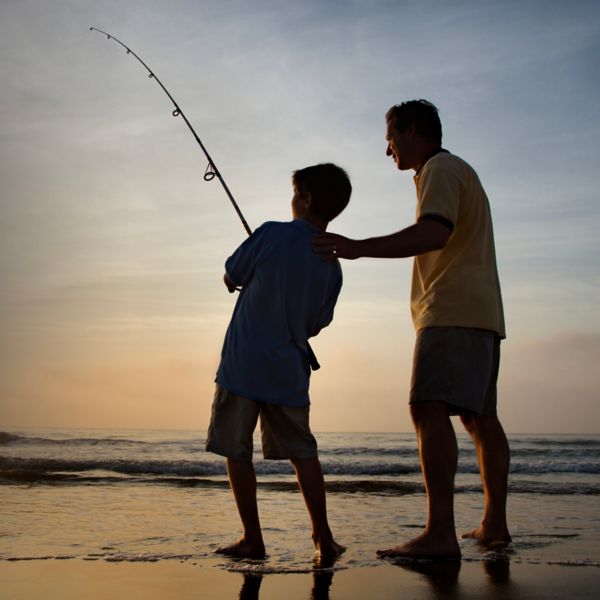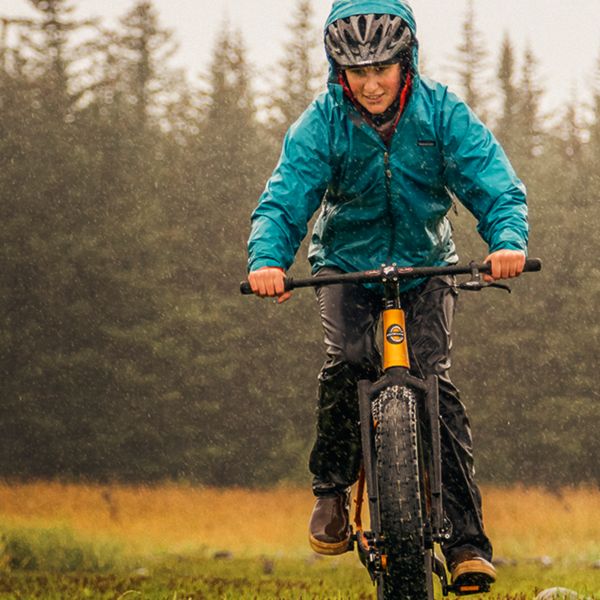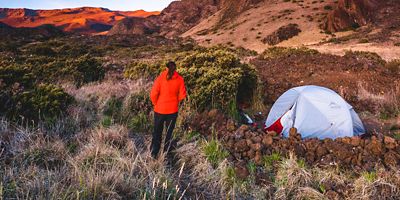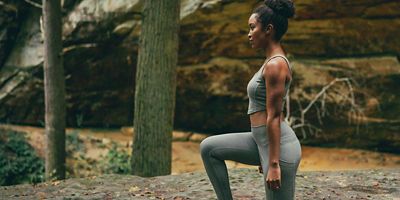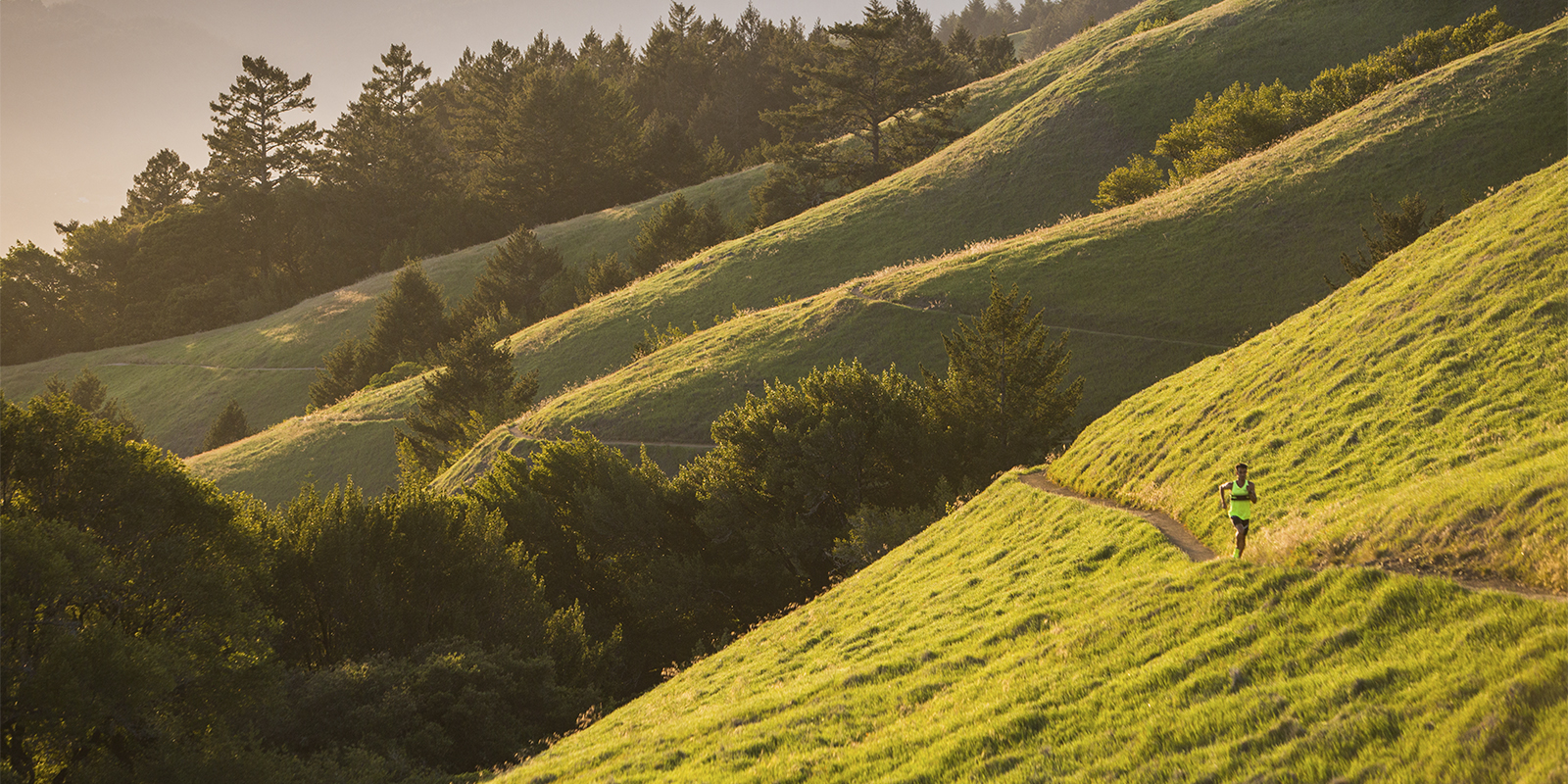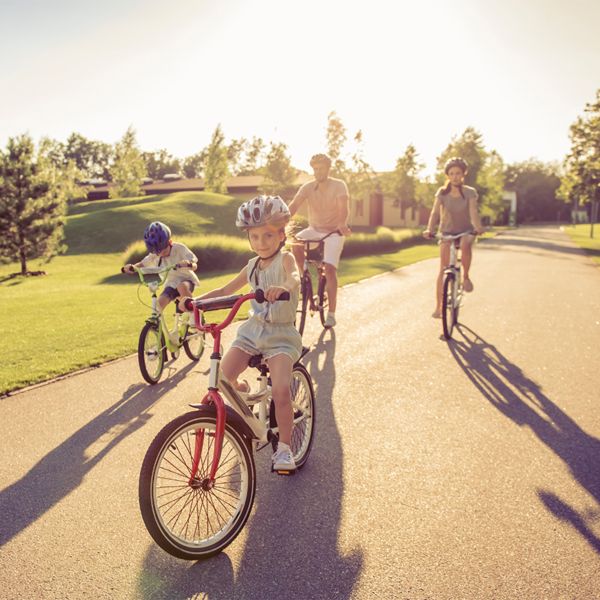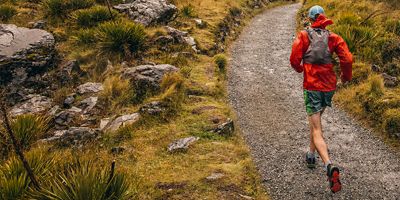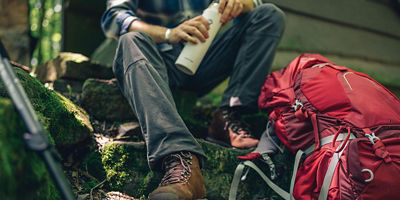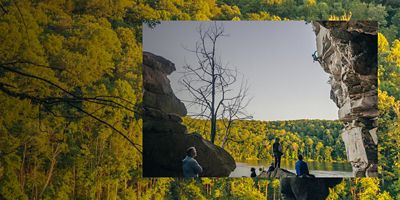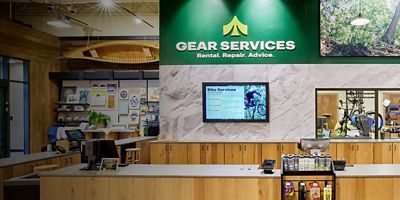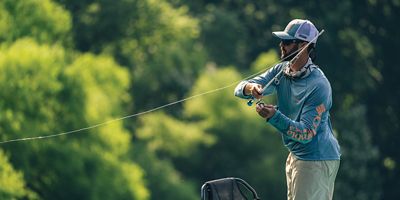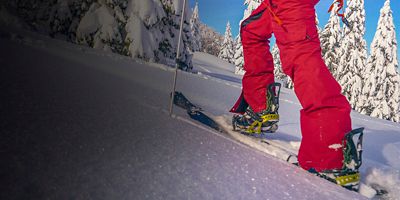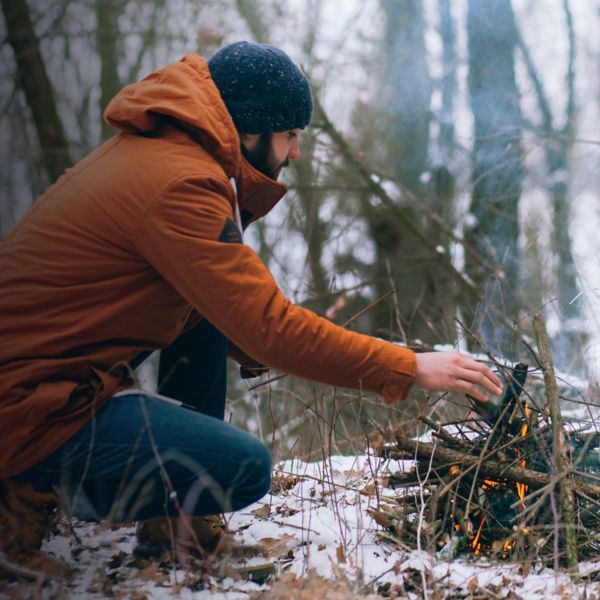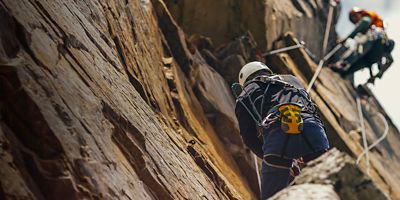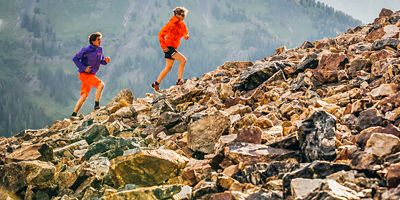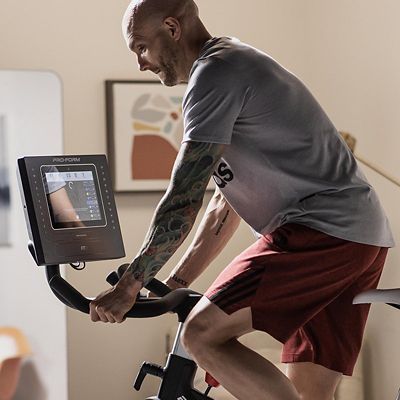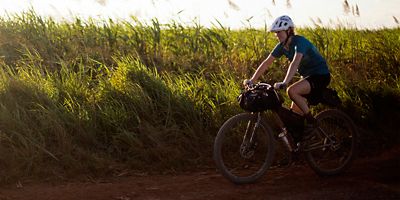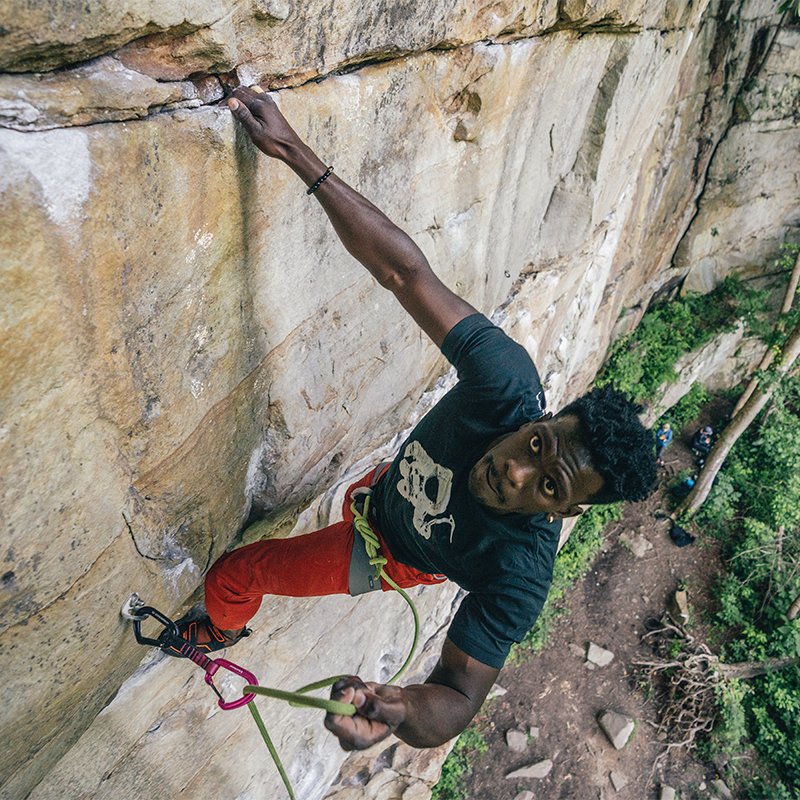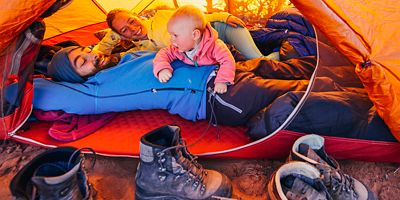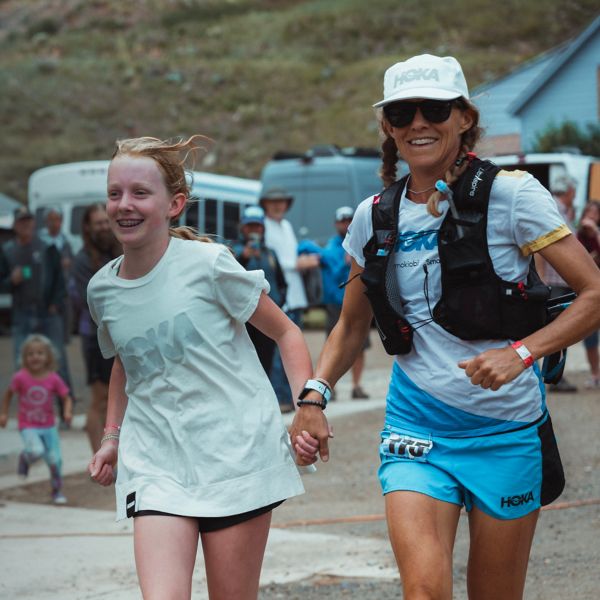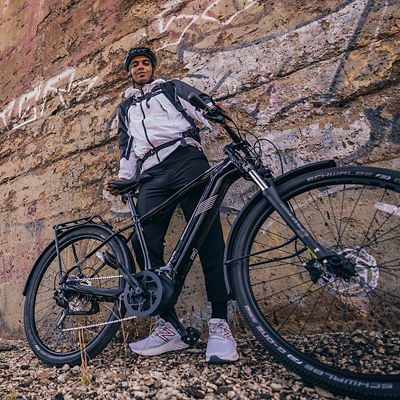
Think of kayak touring as the paddling version of backpacking. If you love getting out in the wilderness for days or even weeks at a time, this is your ticket to a whole new world of adventure. Kayak tourers load up their boats with all of the camping gear and food they need and head out to explore the wilds via lakes, rivers, bays, and even the ocean (where it’s commonly called sea kayaking, but the boats are the same). The right kayak should be comfortable, make you feel confident in rough water, and be sized correctly for your plans. Use this guide to get started.
Ask Yourself These Questions
Finding the right boat starts with being clear about your goals, ability, and budget.
Where do I want to kayak?
Will you be venturing into areas where wind and waves are a potential challenge, or sticking to relatively calm water? Paddling conditions affect factors like boat material and length.
How long will I be out?
Be sure to get a kayak that’s big enough to hold gear and food for your longest trips.
How much experience do I have?
If you’re just starting out, you’ll want a stable boat that gives you confidence to get out on the water and learn. If you’re already comfortable on the water, you might favor a faster and more efficient design.
How much weight can I lift?
If you can't get your boat to the water, you are unlikely to paddle it. Be honest with yourself about how heavy of a boat you will be able to handle when you are not in the water.
What’s my budget?
Consider what you’re willing to spend for your whole kit, including costs like a paddle, paddling gear, and a car rack if needed.
Material
One of the main considerations is the material used to make the boat. There are a few options for touring kayaks and each material, and manufacturing process, has its own strengths and weaknesses.
Roto-Molded
Roto-molded polyethylene is commonly used. These kayaks are often the most affordable, and they’re plenty durable, even in rocky waters. Downside: This is the heaviest option.
Thermoformed
Thermoformed kayaks are often made with polyethylene, same as rotomolded kayaks, but they have a construction process that makes them lighter (and more expensive). Result: They’re as durable as roto-molded models but nearly as light as some of the composite boats like fiberglass.
Fiberglass
Fiberglass is lighter than polyethylene. Downsides: It’s not as durable as plastic, and is also more expensive.
Kevlar
This is a good alternative to fiberglass, as it’s both strong and light, but it’s also more expensive.
Carbon Fiber
Kayaks made with carbon fiber are some of the lightest and strongest available (and also some of the most expensive). Their best for the most experienced paddlers.
Wood
Wooden touring kayaks are often handmade. Enthusiasts love them for the tradition and craftsmanship, and they can actually be very lightweight.
Inflatable
Thanks to improvements in construction that make them more rigid, inflatable kayaks are appropriate for touring these days. Still, solid boats offer more control, efficiency, and durability, so these are best if storage space or transportation is a dealbreaker.
Length
Compared to recreational kayaks, touring kayaks are built longer in order to move faster and keep a straighter line. Most touring kayaks range in length from 14 to 17 feet long. Longer boats in that range offer more internal storage. Just remember that anything longer than 17 feet will likely feel harder to maneuver, and anything shorter than 14 feet will feel slower.
Width
Width, like length, is a function of speed. Narrower boats go faster, and since that’s a priority when paddling long distances, touring kayaks are some of the narrowest boats on the water, often little wider than the paddler’s waist. The tradeoff for speed? Less stability. Touring kayaks range in width from about 20 to 30 inches, so if you’re just starting out, opt for a boat on the wider side.
Weight
This matters less for paddling than for getting to the paddling. On the water, you won’t feel much difference with an extra 10 pounds. But you’ll definitely notice the weight when loading and unloading your kayak, carrying it to the put-in, and portaging it between two lakes. Lighter boats cost more, but are worth it if it means you’ll use it more.





